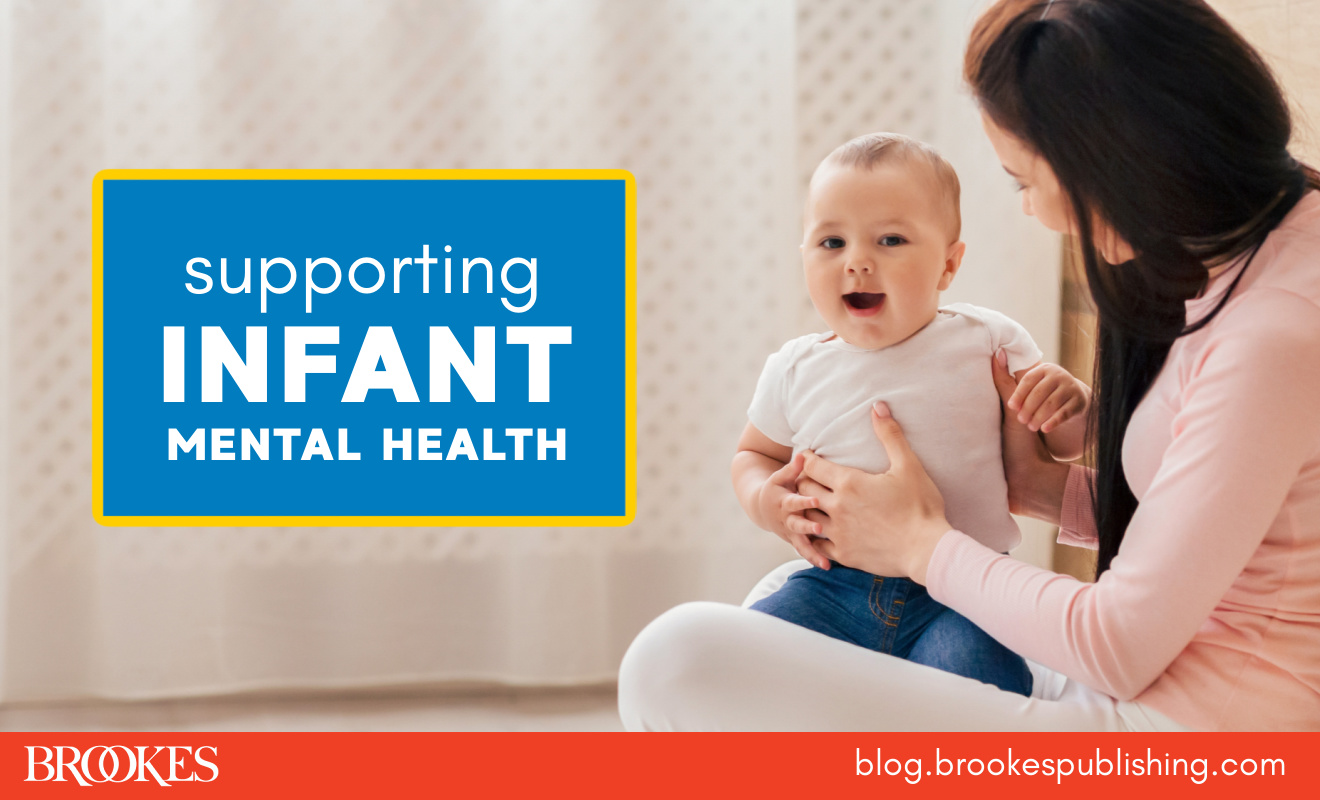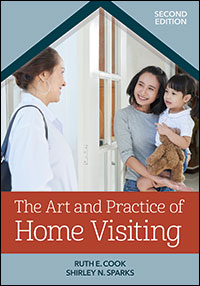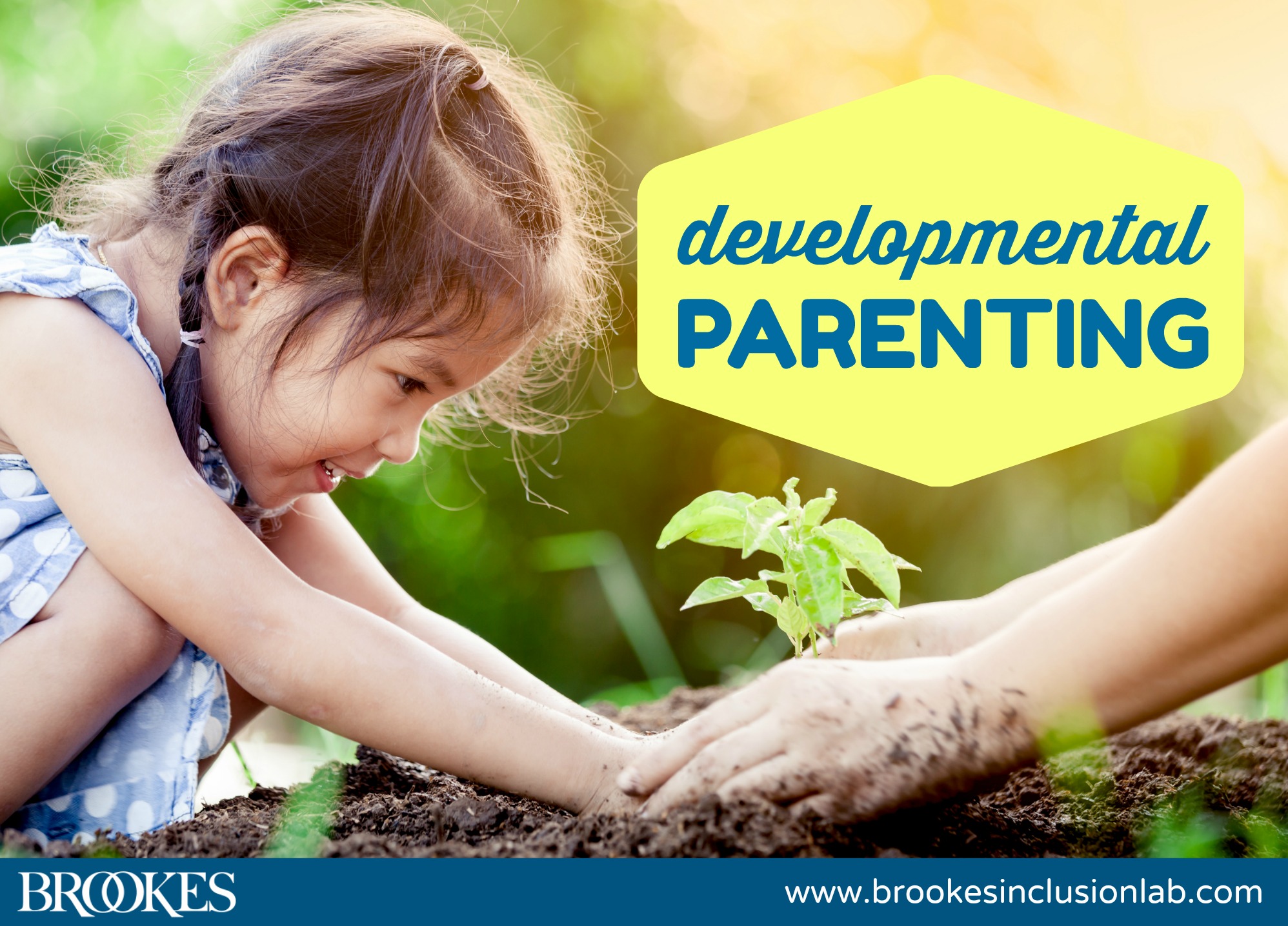9 Ways Home Visitors Can Support Infant Mental Health
October 8, 2024
 During a home visit with a baby and caregiver(s), what should professionals do to support infant mental health and infant–caregiver attachment? A home visit is the perfect opportunity to provide valuable input to the caregiver in real time, as they interact with the baby. Excerpted and adapted from The Art and Practice of Home Visiting by Ruth Cook & Shirley Sparks, here are nine things to do to promote infant mental health within the context of a home visit.
During a home visit with a baby and caregiver(s), what should professionals do to support infant mental health and infant–caregiver attachment? A home visit is the perfect opportunity to provide valuable input to the caregiver in real time, as they interact with the baby. Excerpted and adapted from The Art and Practice of Home Visiting by Ruth Cook & Shirley Sparks, here are nine things to do to promote infant mental health within the context of a home visit.
Carefully observe the parent–child interaction. Does the infant turn to the parent or caregiver for comfort, and does the parent respond to the baby’s cues by attempting to console or soothe? Ask the caregiver questions like “What is it like looking after your baby?” and “Does the baby give you pleasure, or are you still in the hard work stage?”
Accentuate the positive. Comment when the parent or caregiver is engaging in positive behavior that strengthens the caregiver–child relationship. For example, say “Look at the way your baby smiles when you look into her eyes.”
Nurture your caregiver–provider relationship. The quality of the relationship between the parent or caregiver and the service provider is often a key aspect of promoting infant–caregiver attachment. Take time during visits to ask how things are going for the caregiver. Demonstrate your caring and respect in your interaction with and treatment of each caregiver as a person and as a partner in the development of the child.
Use “speaking through the child” to help caregivers understand the child’s needs and reactions and realize the importance of responding to the child. For example, as a caregiver swaddles the child, you might say, “It feels so good when you wrap me up snugly like that.”
Help caregivers read the child’s cues and signals and respond appropriately in order to meet the child’s needs consistently. For example, you might say, “Your baby turned away when you brought the toy near. Do you think he doesn’t like the toy and would prefer another or perhaps is sleepy and just doesn’t want to play right now?”
Encourage use of nurturing and comforting strategies that are age-appropriate and developmentally appropriate. Teach caregivers the benefits of strategies like soothing and rocking, skin-to-skin contact, calm and soft verbal communication, loving touch, eye contact, singing, play, warm and positive regard for the infant, and gentle words and body expressions.
Reframe to show the parent a different perspective of the child’s behavior so they can respond more appropriately. For example, if a caregiver expresses a belief that their child is “bad,” you might say, “Is your child bad, or is she trying to tell you she is jealous of the new baby and doesn’t have the language to express her feelings?”
Consider individual family/cultural expectations and incorporate them into intervention. For example, some families or cultures place value on children being quiet and unobtrusive, whereas others encourage much conversational interaction and enthusiastic play. Seek to match these differing values when suggesting attachment strategies.
Model behavior for the caregiver. Because reciprocity is a vital part of the social-emotional relationship, model desired interactive behavior and then encourage the caregiver by coaching the interaction. An example is a reciprocal play exchange such as stroking a stuffed bear, offering the bear to the baby to stroke, then waiting for the baby to offer back the bear.
For a collaborative, family-centered approach to home visiting, add the book behind today’s post to your professional library!




Write a Comment
Your email address will not be published. Required fields are marked *
Post a Comment